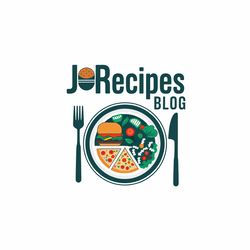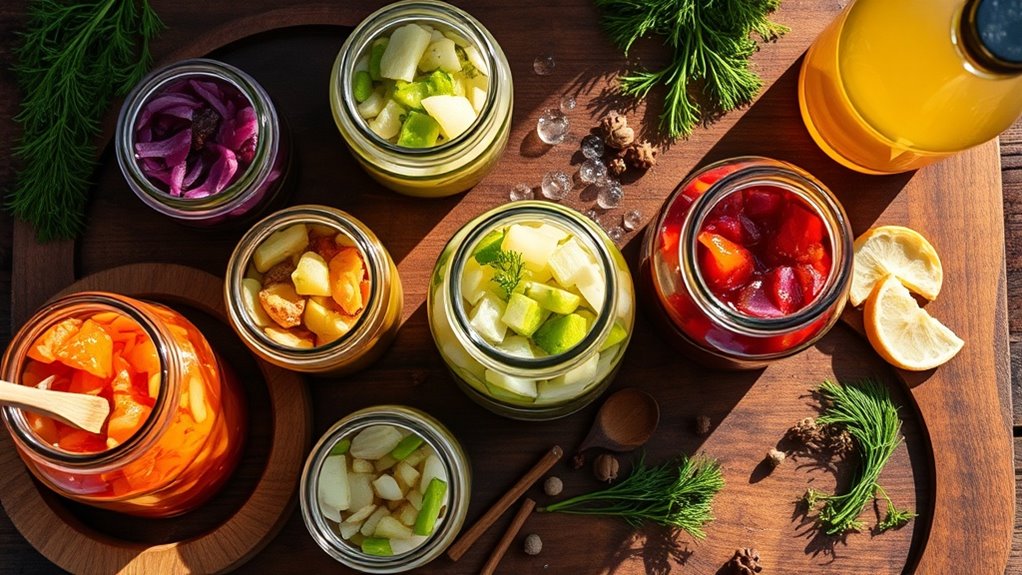Think You’re Eating Clean. You Might Be Falling for These Trends
You might be under the impression that you’re making healthy choices, but the reality can be quite different. Many popular labels like gluten-free and organic can mislead you into thinking you’re eating clean. While these trends promote wellness, they often come with hidden drawbacks that could undermine your health goals. What if the very products you trust are leading you astray? It’s time to examine these trends more closely.
The Gluten-Free Fallacy
Although many people believe that a gluten-free diet is inherently healthier, the reality is more nuanced.
Many gluten-free products are heavily processed and can contain high levels of sugar and unhealthy fats.
When you focus solely on clean eating trends, it’s essential to evaluate these products carefully.
A gluten-free label doesn’t automatically mean a food is nutritious or aligns with your health goals. Additionally, gluten is not harmful for everyone, and understanding your own dietary needs is crucial in making informed choices.
Misunderstanding Organic Labels
How often do we assume that organic labels guarantee a product’s quality and healthfulness?
Unfortunately, that assumption can mislead you. Here are three key points to consider:
- Organic doesn’t mean pesticide-free; many are allowed.
- It doesn’t guarantee better nutrition; some organic items have similar nutrient levels.
- The cost doesn’t equal superior health benefits; it’s often about farming practices.
Stay informed and choose wisely.
The Sugar-Free Trap
Many people believe that sugar-free products are a healthier choice, but this assumption can be misleading. These products often contain artificial sweeteners, which may not be as benign as you think. In fact, carbohydrates are essential for a balanced diet, and cutting them out completely in favor of sugar substitutes may not be the best approach for your health. Check out the table below to understand common sugar substitutes and their potential effects.
| Sweetener | Calories | Potential Concerns |
|---|---|---|
| Aspartame | 0 | May affect mood |
| Sucralose | 0 | Possible digestive issues |
| Stevia | 0 | Allergic reactions |
| Erythritol | 0.2 | Gastrointestinal discomfort |
| Saccharin | 0 | Linked to cancer in studies |
Overlooking Portion Sizes
As you embark on your journey towards healthier eating, it’s easy to overlook portion sizes, which can significantly impact your nutritional goals.
Keep these pointers in mind:
- Use measuring cups**** to ensure consistency.
- Pay attention to serving sizes**** on food labels.
- Listen to your body; eat until you’re satisfied, not stuffed.
Incorporating simple tricks for balanced meals can further enhance your eating habits by helping you create nourishing plates with ease.
Being mindful of portions can enhance your eating habits.
The Myth of “Superfoods”
While managing portion sizes helps you make healthier choices, it’s also important to dissect the often-misunderstood concept of “superfoods.”
These foods are frequently marketed as miraculous solutions that can dramatically improve your health and prevent diseases. However, research shows that no single food can provide all nutrients or health benefits. In fact, current research suggests that a variety of whole foods working together is essential for maximizing health outcomes.
A balanced diet, rich in variety, is key for overall well-being.



